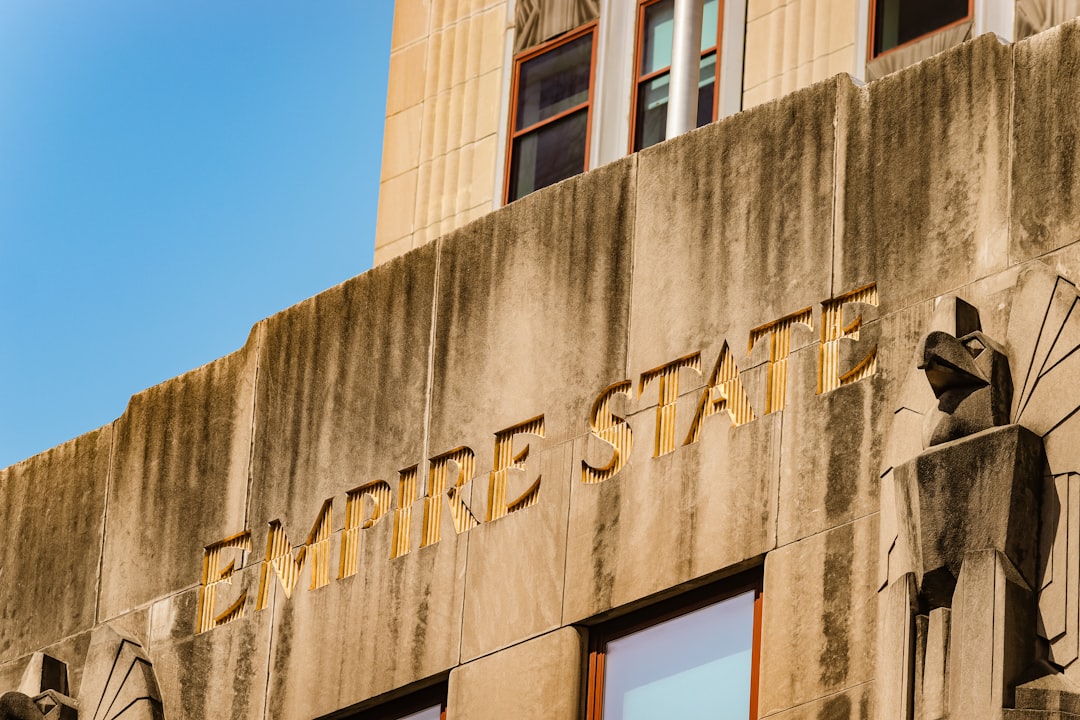Understanding the U.S. State Department: Roles, Structure, and Global Impact
The United States Department of State, often referred to as the State Department, stands as a central pillar in the nation’s foreign policy and international engagement. Tasked with representing American interests abroad and supporting diplomatic ties, the agency plays a vital role in shaping global politics, economics, and security outcomes.
1. Historical Overview
Established in 1789, the State Department is the first executive department created in the United States. Thomas Jefferson, the principal author of the Declaration of Independence, served as the first Secretary of State. The department’s jurisdiction has since expanded far beyond its original scope, adapting to the complexities of a connected world.
2. Core Functions of the State Department
The core functions can be categorized as follows:
| Core Function | Description |
|---|---|
| Diplomacy | Maintaining relations with foreign governments and international organizations. |
| Consular Services | Protecting and assisting U.S. citizens abroad; issuing passports and travel advisories. |
| Policy Formulation | Advising the President on foreign policy and negotiating treaties and agreements. |
| Foreign Assistance | Managing humanitarian aid, development programs, and disaster relief efforts. |
| Public Diplomacy | Promoting U.S. values and policies through educational, cultural, and information programs. |
3. Organizational Structure
The State Department’s leadership and operational structure are organized to address a broad spectrum of diplomatic and administrative needs:
Leadership Hierarchy
| Position | Description | Current Officeholder (as of 2024) |
|---|---|---|
| Secretary of State | Chief diplomat, senior Cabinet member | Antony Blinken |
| Deputy Secretary | Assists the Secretary, acts in their absence | Wendy Sherman |
| Under Secretaries | Heads of major functional and regional affairs | Various |
| Assistant Secretaries | Oversee specific bureaus (regions, functions like consular affairs) | Various |
Bureaus and Offices
The department is subdivided by region and function. Below are examples of key bureaus:
| Bureau Name | Focus |
|---|---|
| Bureau of African Affairs | Managing U.S. relations with African nations |
| Bureau of Consular Affairs | Passport, visa, and American citizen services |
| Bureau of Economic Affairs | International economic policy |
| Bureau of Political-Military Affairs | Security assistance and arms control |
4. The State Department Around the World
The State Department employs a network of:
- U.S. Embassies (in most countries)
- Consulates General (in major global cities)
- Missions to International Organizations (e.g., U.N. in New York)
Global Presence (as of 2024)
| Type | Number Worldwide |
|---|---|
| Embassies | 171 |
| Consulates | 94 |
| Missions | 8 |
Embassies represent the President to foreign governments, while consulates handle consular services and regional affairs.
5. The Foreign Service
Central to its operations is the U.S. Foreign Service—a professional cadre of diplomats who serve tours worldwide, often in challenging environments.
Foreign Service Officer (FSO) Tracks
| Track | Description |
|---|---|
| Political | Political reporting and analysis |
| Economic | Economic policy, trade, and development |
| Consular | Visas, passports, and assisting citizens |
| Management | Embassy operations and administration |
| Public Diplomacy | Media, education, and cultural engagement |
FSOs are selected through rigorous exams and assignments can last from several months to multiple years.
6. Domestic and International Impact
Domestic Impact
- Passport Services: Millions of passports processed annually.
- Travel Advisories: Informing U.S. citizens about travel risks and safety.
International Impact
- Crisis Response: Evacuating Americans from conflict zones.
- Promoting Democracy: Supporting free elections and human rights abroad.
- Economic Initiatives: Facilitating trade agreements and economic development.
7. Challenges Facing the State Department
Some of the challenges it routinely faces include:
- Geopolitical Tensions: Managing U.S. interests in competitive, sometimes hostile regions.
- Resource Constraints: Budgetary and staffing limitations.
- Security Threats: Protecting diplomats and facilities worldwide.
- Technological Changes: Adapting to digital diplomacy and hybrid warfare.
8. Notable Achievements
The State Department’s legacy is rich with landmark treaties, conflict resolutions, and global aid programs. Some highlights include:
- Marshall Plan administration after WWII.
- Negotiation of the Camp David Accords between Egypt and Israel.
- Leadership in global health initiatives, such as PEPFAR for HIV/AIDS.
9. Looking Forward
The State Department continues to evolve to address global challenges—climate change, cybersecurity, global health, and great power rivalry—with renewed focus on modernization, diversity, and innovation.
Conclusion
The U.S. State Department is indispensable both at home and abroad. Its diplomacy, consular support, and international programs shape American foreign relations and global perceptions. As the world changes, so too does the need for effective diplomacy and international engagement to ensure peace, prosperity, and security.
Quick Facts Table
| Fact | Data (as of 2024) |
|---|---|
| Year Established | 1789 |
| Annual Budget | $52 billion |
| Number of Employees | ~69,000 |
| Foreign Service Officers | ~13,000 |
| U.S. Citizens Assisted (2023) | 20 million |
For more information, visit the U.S. Department of State official website.
